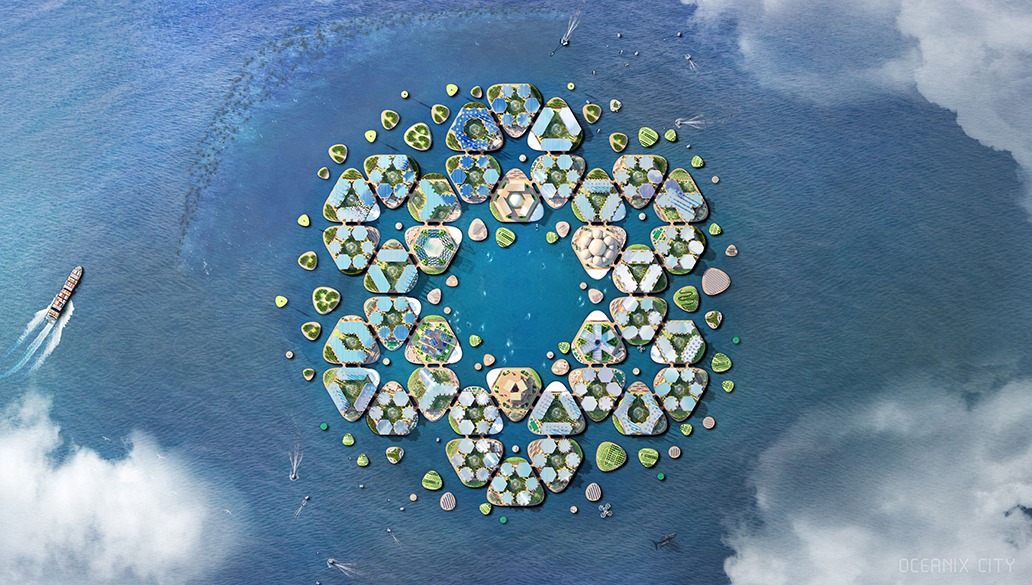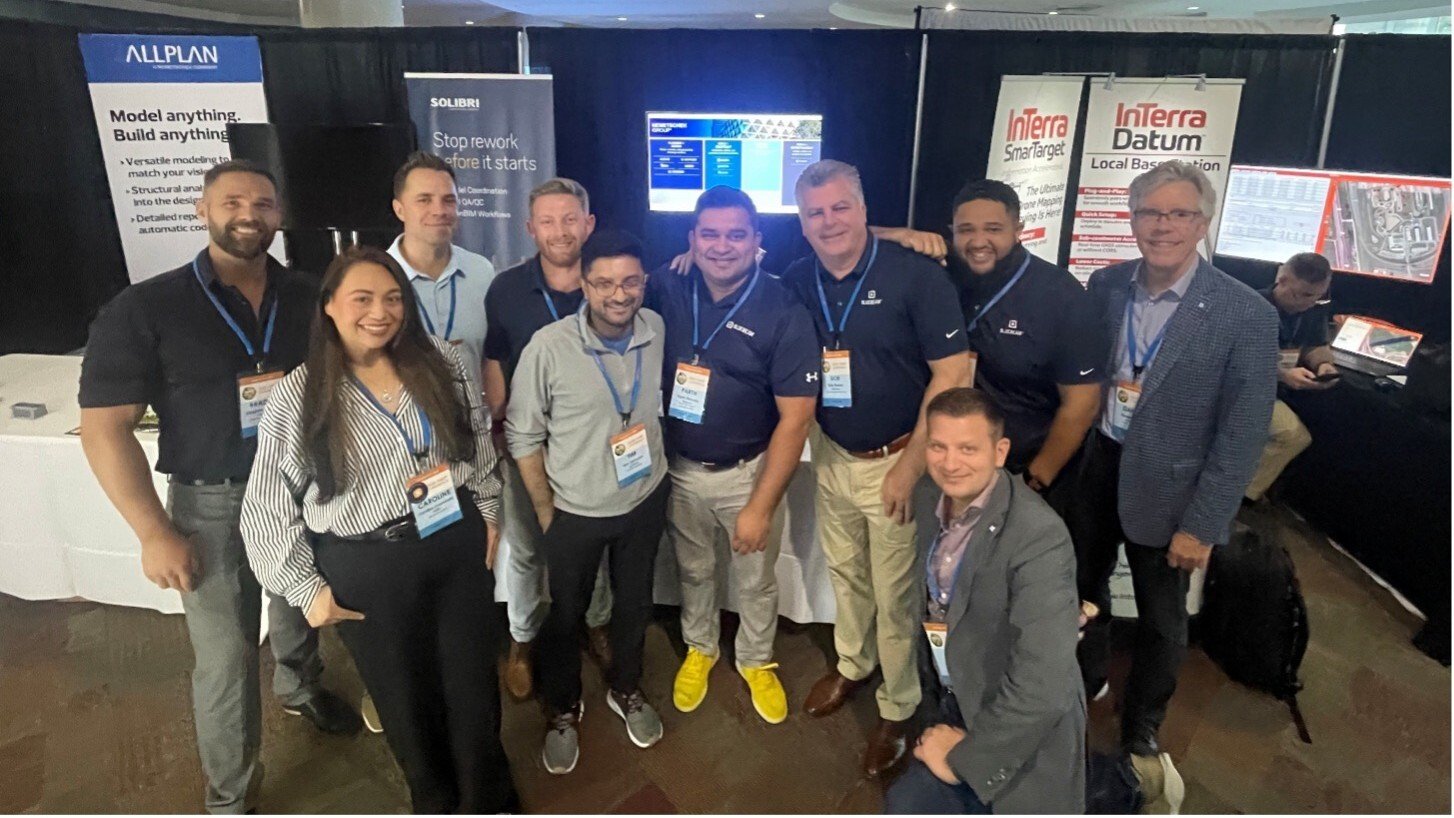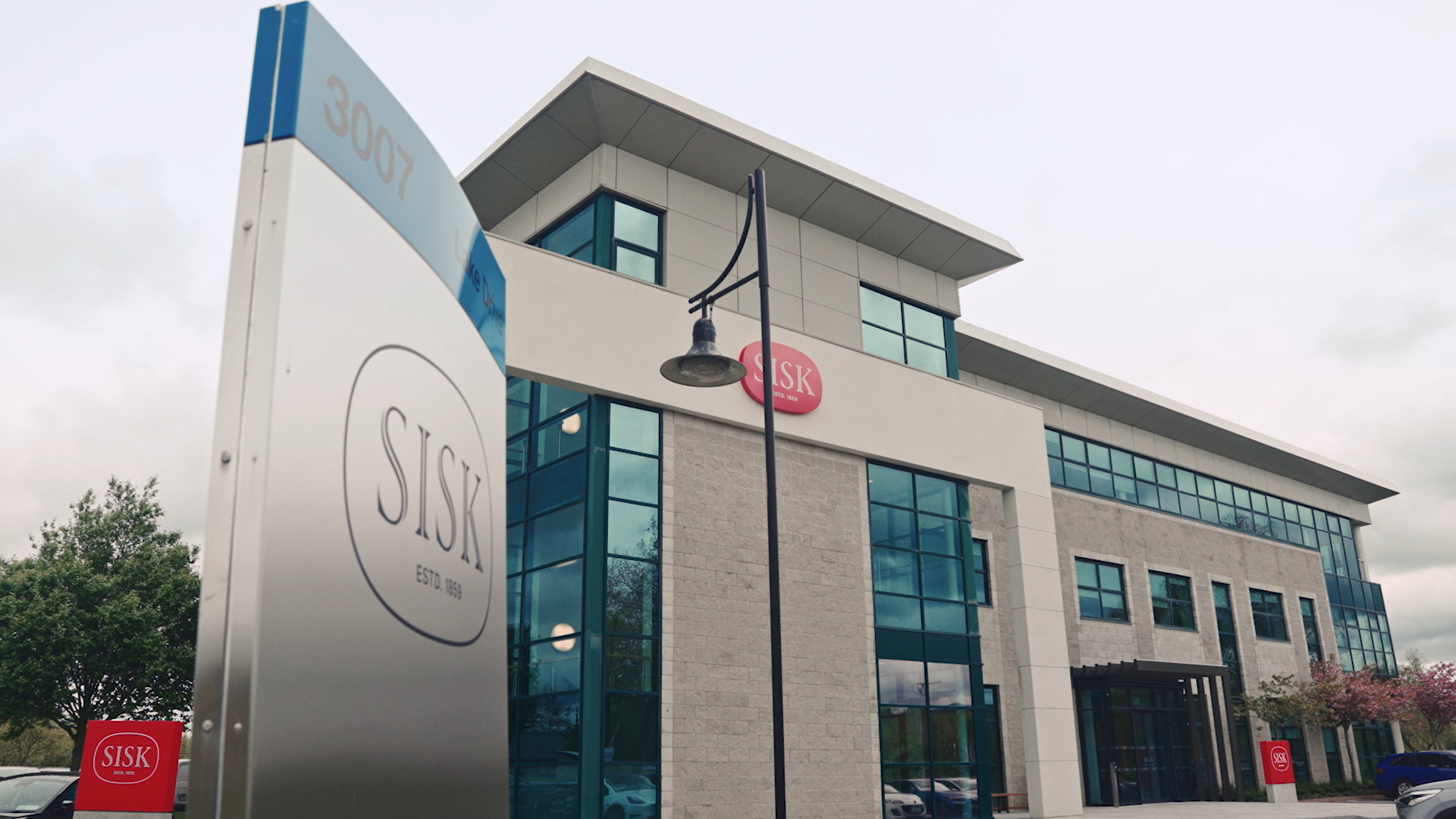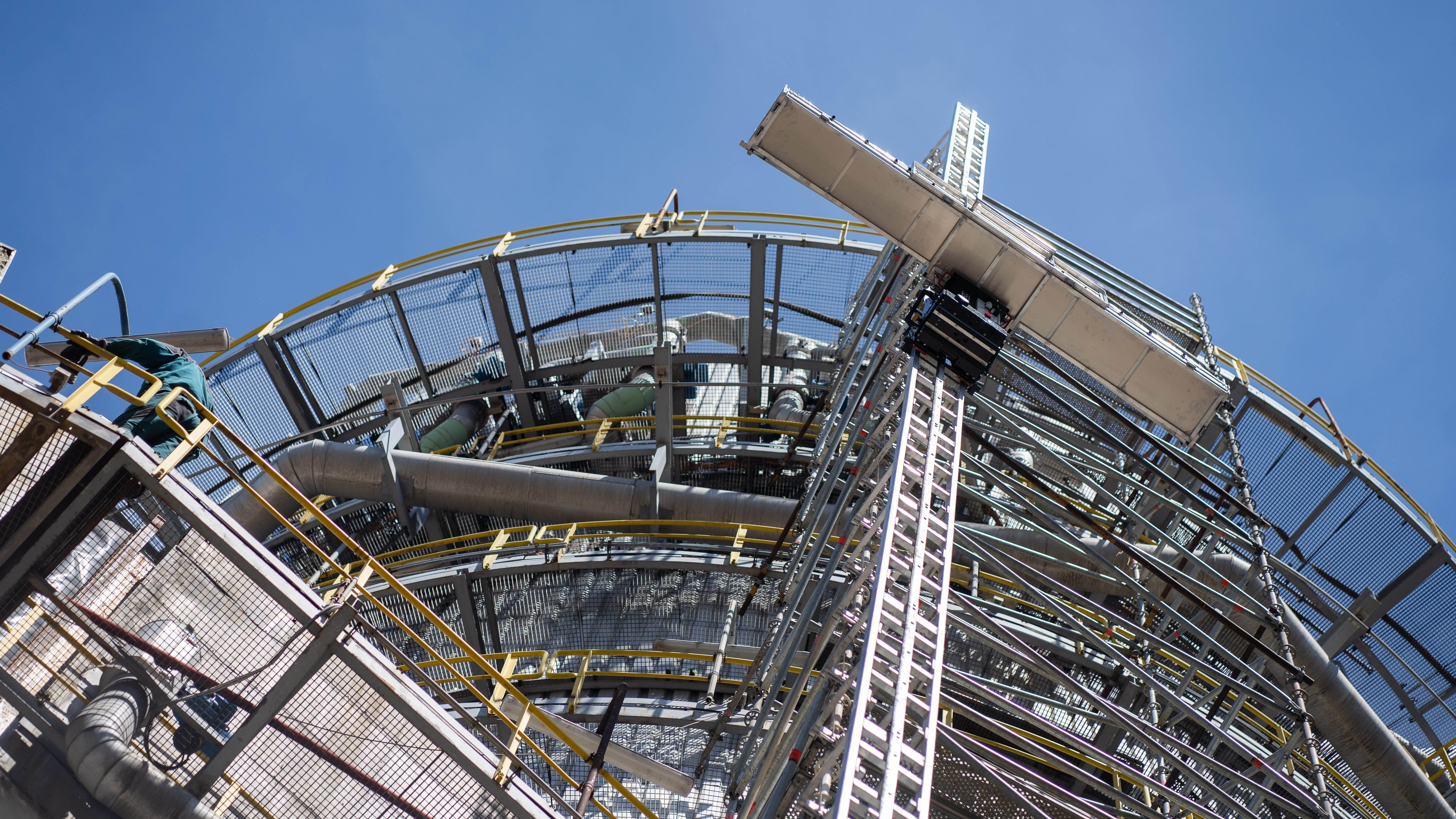Floating cities of the future
Climate change is also occupying the minds of planners and giving rise to entirely new subject areas. Floating cities as a realistic vision of the future?
Author
Eva Herrmann
Architect and freelance journalist with focus on communication the culture of building/architecture.
This article belongs to the collection Sustainability
To the topic pageFloating cities – A hitherto utopian notion or a realistic vision of the future?
40 percent of the world’s population lives in regions that are only a few meters above sea level. Twenty-one of the 33 so-called megacities are located on the coasts of the continents alone. As sea levels rise due to melting polar ice caps, these cities are coming under threat. According to a United Nations forecast, around 90 percent of megacities near the sea will have to contend with flooding by 2050. In contrast, floating cities – a hitherto utopian notion – could become a realistic vision of the future city. Innovation is everywhere, and even the United Nations is discussing with researchers, marine engineers, designers, and scientists what a future on the water might look like. What do the different options offer? How will people live and support themselves in floating cities, and what forms of mobility will they use?
The Dutch know how living with water works. Initial experiments with floating habitats are already underway. A pioneer in this field is Koen Olthuis. For many years, the architect has been developing solutions to the challenges posed by urbanization and climate change with his office Waterstudio.NL. Floating urban structures complement the static network of the city in a flexible and sustainable way. However, these concepts are not reserved for wealthy residents; rather, floating settlements support city dwellers who currently cannot meet even their most basic needs.
Koen Olthuis is currently developing the Maldives Floating City project for the government of the Maldives, where more than 80 percent of the total land area is just above sea level. The structure of the floating segments is modeled on the coral reefs popular with tourists. A ring of barrier islands acts as a breakwater underwater, stabilizing the floating platforms while protecting the reefs from encroachment. A network of bridges and canals connects the various segments of apartments, stores, and services, as well as a school and a hospital, self-sufficiently supplied by renewable energies.
Danish architect Bjarke Ingels, who presented his vision for the Oceanix City project at the UN Habitat conference convened by the United Nations in 2019, goes one step further. The basis of his idea are floating modules, each two hectares in size, on which up to 300 people can live. Anchoring to the seabed stabilizes and connects the elements. In the event of strong storms and waves, the modules can be detached and transported to calmer waters. The floating community is designed to be scalable, meaning it can continue to grow and adapt organically over time. Conceived as a zero-waste, closed-loop system, the green floating city provides residents with energy, drinking water, and food.
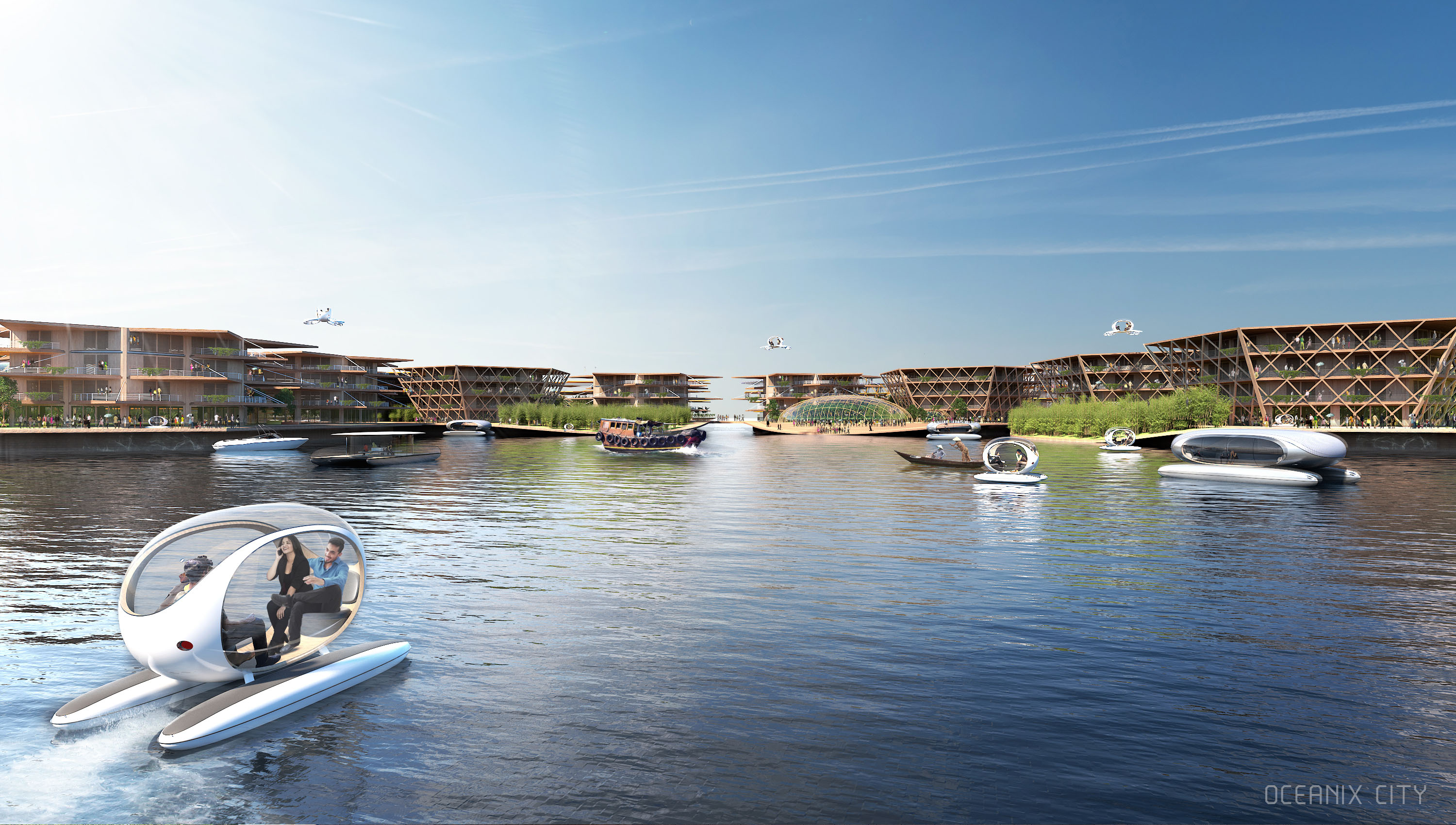
One of the visions from the UN Habitat Conference: The Oceanix Floating City, Image by BIG Bjarke Ingels Group
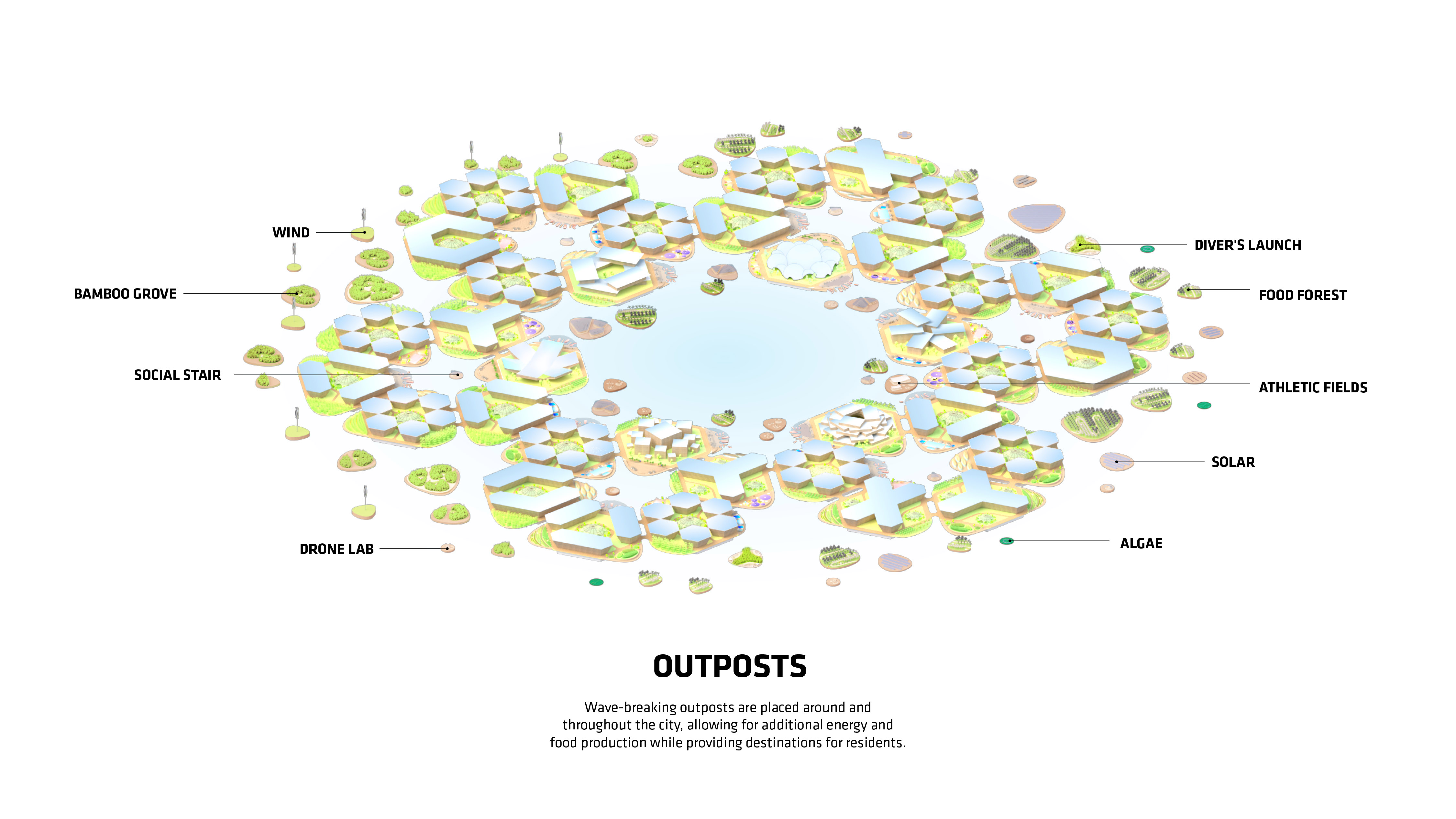
One of the visions from the UN Habitat Conference: The Oceanix Floating City, Image by BIG Bjarke Ingels Group

One of the visions from the UN Habitat Conference: The Oceanix Floating City, Image by BIG Bjarke Ingels Group
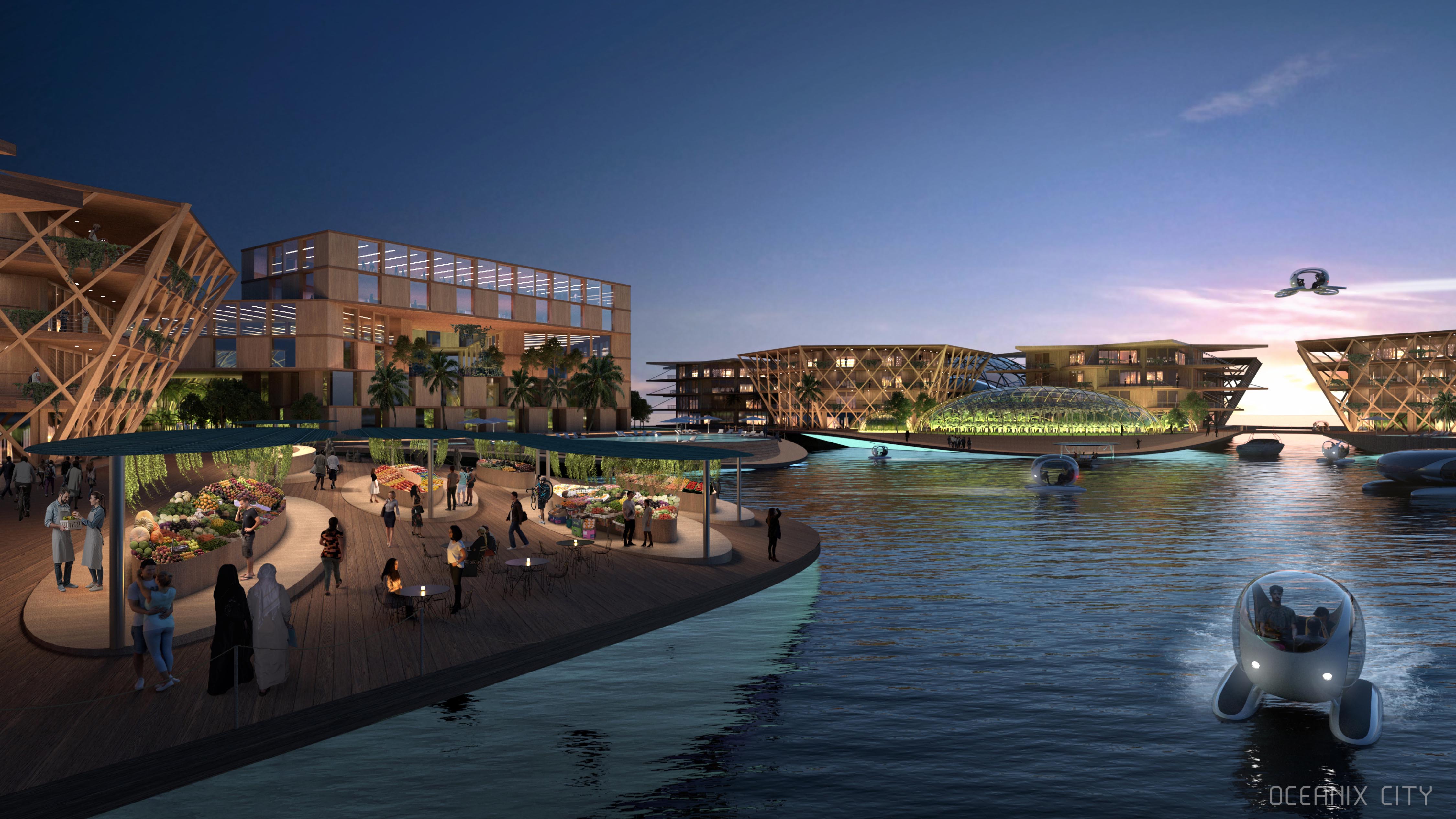
One of the visions from the UN Habitat Conference: The Oceanix Floating City, Image by BIG Bjarke Ingels Group
The floating city is designed as flood-proof infrastructure that rises or sinks with the sea. Community agriculture is at the heart of each platform, enabling residents to create a culture of sharing and establish waste-free systems. A closed-loop system protects nature: waste becomes energy, agricultural raw materials, and recycled materials. Fresh water can be obtained from the atmosphere through modern water vapor distillation technologies and by capturing rainwater. Sun, wind, and waves provide additional energy, and mobility is based on sharing models and active locomotion by the platforms themselves and their energy systems. Below the platforms, floating bioriffs, algae, oysters, mussels, scallops, and even mussel farms clean the water and accelerate ecosystem regeneration. The modules are prefabricated on land using local, sustainable materials such as bamboo. Each building on top fans out to shade the interiors and public space itself, providing comfort and lower cooling costs while maximizing roof space for solar gain.
Taking advantage of the opportunities already available, the city of Busan in Korea is looking to build the first floating city. Busan is one of the most important maritime locations of the 21st century. It will incorporate Korea’s social, economic, political, and cultural characteristics as well as innovative technologies and materials. The prototype is to be completed by 2025 and will then shine as a blueprint for new climate adaptation strategies and acting with nature – instead of against it, as in the past. The goal: to be sustainable and extremely adaptable. Countering sea-level rise with new ideas and a combination of nature and technology is a smart and forward-looking way to shape the world.

